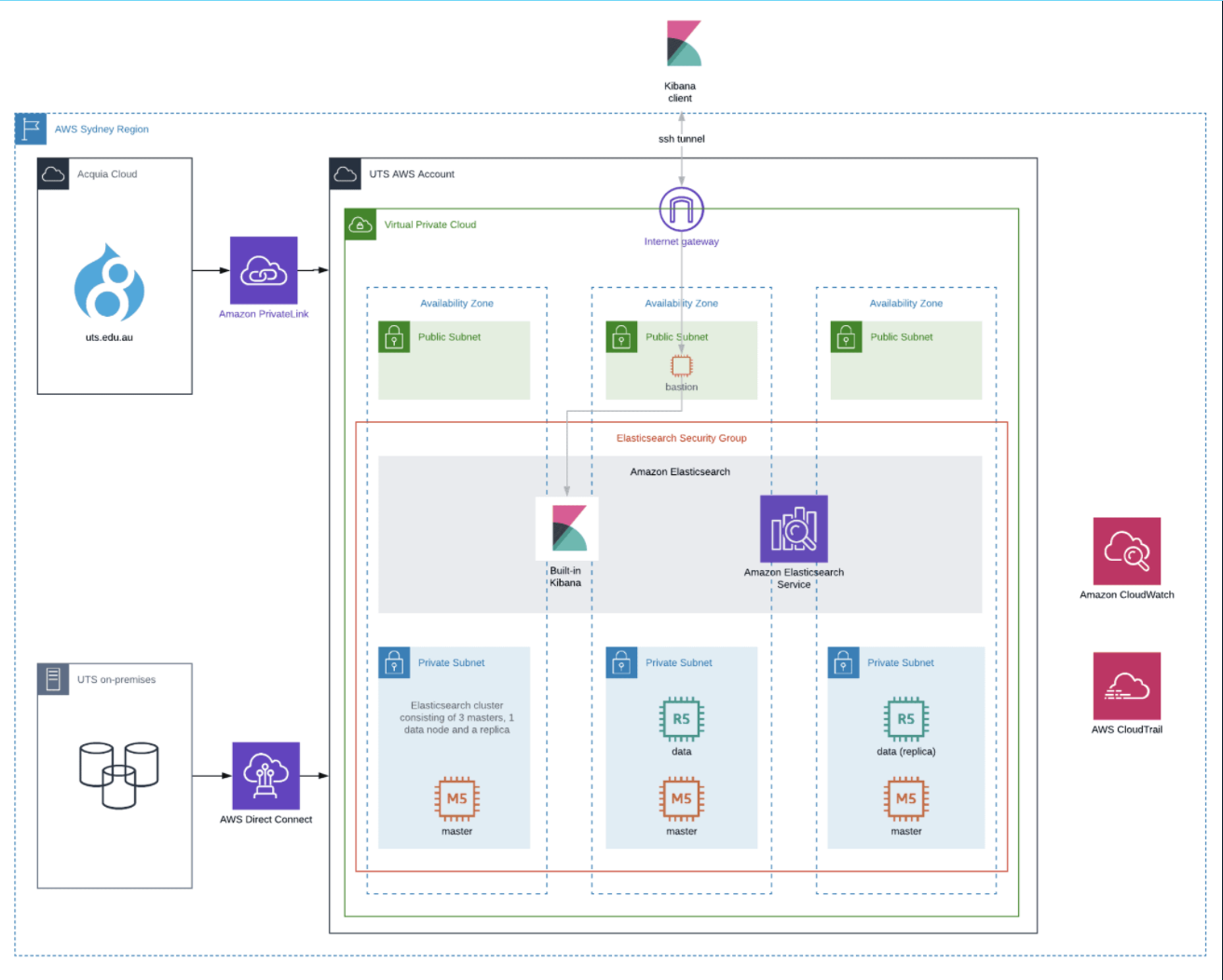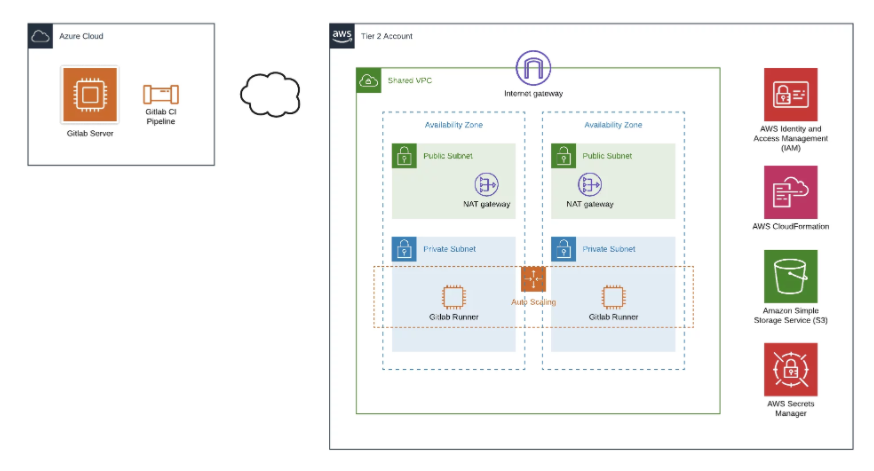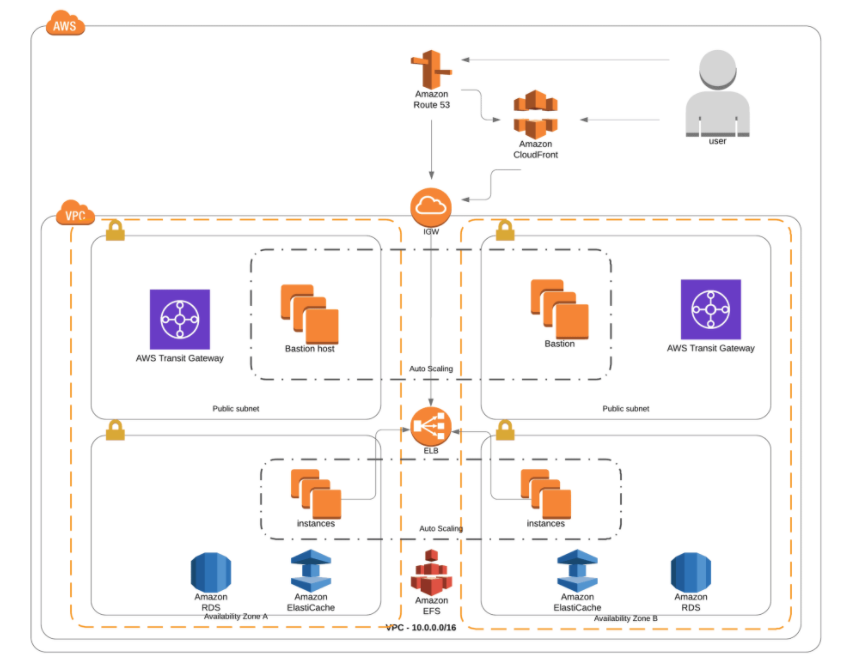UTS: Establishing a Migration Factory

Streamlining the planning, design and migration of applications in a well-engineered way with skills uplift and knowledge transfer to ensure UTS can manage the solution.
50% cost reduction
As a result of re–platforming to Amazon Elasticsearch
Migration Factory
Solution
Education
Industry

University of Technology Sydney (UTS) is one of Australia’s largest and most international universities. As a truly global institution, there are five Australian campuses, a campus in Malaysia, a joint graduate school in China, a learning centre in Italy, and a research centre in India. A research-intensive university, they are known for some significant and lasting discoveries that have delivered impact beyond the academic community.
Business challenge
UTS currently operates an AWS environment across infrastructure, applications, research and teaching. There is an infrastructure strategy to move to a hybrid-cloud computing environment over the next two to three years, with a migration workload program being planned to deliver this strategy.
A key driver of the cloud initiative is the UTS Strategy 2027, which requires the university to change direction from maintaining hardware to enabling services and engaging with the business to solve real problems.
During the beginning of their planning UTS identified some disconnect between corporate IT and application teams, which had resulted in the disparate use of AWS, and the creation and management of a large number of AWS accounts across different Business Units within the organisation.
This created a number of challenges for the UTS team including:
- No clear environment for UTS to migrate applications to that complied with corporate guidelines for governance, security and cost management
- The Operations team struggling to create multi-account AWS environments from scratch in a consistent and timely manner
- Process delays contributed to driving the growth of standalone environments
- Accounts were not secured in line with AWS best practices, governance and monitoring.
UTS wanted to migrate a number of common application patterns into a consolidated AWS environment to build knowledge and IP for a broader migration effort that could be facilitated by their internal team.
Additionally, UTS sought to encourage proactive involvement across their various teams by using cloud enablement to drive a culture of practices for better cooperation and service delivery in a new cloud first world.
UTS needed a consulting partner that could bring industry proven experience to help deliver the initial AWS environment and migration patterns, as well as providing enablement for their existing team across cloud operations and migration approach – and as a result engaged Cevo to assist with the project.
Solution
Building a Migration Case
Firstly, working with the UTS stakeholders, Cevo assessed the current environment and application portfolio to create an understanding of requirements and appropriate application candidates for migration.
This included a holistic approach of both people and technology, as well as taking into account the Well Architected principles for design and on-going operations.
Being ready and having a plan
Utilising the Cevo Migration Method which aligns with the AWS best practices for moving workloads to the cloud, and incorporating the specific UTS requirements, the team began the migration readiness phase of the project with planning, design and implementation of an AWS Landing Zone solution.
Along with implementing the Landing Zone, a systematic process was undertaken to assess the current readiness of the Cloud Enablement Team (part of the IT operation department) to access, design and migrate applications to the new AWS environment.
The migration phase of the project saw several production applications migrated to the new AWS environment.
1. SOLR TO ELASTICSEARCH
UTS Website search was migrated off a legacy Solr based SaaS platform that was costly, unreliable and had performance issues whilst scaling. The search service was a great candidate to be replatformed to Amazon Elasticsearch where it was able to handle over 500k documents, and 800k queries.
2. GITLAB CI/CD MIGRATION
UTS leverage GitLab for release management and CI/CD for the internal web application development team. A GitLab Runner service was rehosted to EC2 within AWS.
3. DRUPAL
UTS uses Drupal extensively throughout the University and a highly available EC2 based Drupal environment was created in AWS. The new RESHub site was migrated across into this new platform.
To finalise the project, a “game day” was held with UTS operational teams to fine tune and right size the AWS environment, along with implementing cloud operating procedures.
Outcomes
Bringing the best of AWS technology together with a strong internal UTS Cloud Enablement team, uplifted by Cevo, saw the streamlined planning, design and initial migration of applications in a well–engineered and collaborative fashion.
Re–platforming the SaaS based search service over to Amazon Elasticsearch will save the organisation as much as 50% of their costs for providing search for their production website in addition to improved reliability.
Working together with the internal teams, applications were quickly reviewed and common patterns identified to ensure that the showcase applications were a good reflection of the broader portfolio and could be replicated in the future.
A final project showcase brought together over 50 of the internal technology and business stakeholders to recap on the application patterns migrated, AWS services leveraged and the future operating models that will enable future ways of work at UTS.
Further technical achievements of the project included:
- Setting up a migration factory with patterns and techniques for migrating common UTS applications to AWS
- Successful migration of production application patterns into AWS and the reduction of associated on-premises costs, along with improved elasticity and resiliency
- Path to solving the multi accounts issues – with the new AWS Landing Zone it helped UTS move quickly to set up a secure, multi-account AWS environment based on AWS best practices. They were able to save time by automating the setup of an environment, run more secure scalable workloads and create core accounts with baseline security
- Integrated GitLab to continuously push changes into dev/test and then promote them to production environments
- Security enforcement on global account level
- Knowledge transfer to ensure its team could manage and extend its foundational Landing Zone is critical to its ongoing success.
As a result, Cevo worked closely with the Cloud enablement team, IT and security teams to teach them along the way the skills needed to configure and maintain its solution.
Enjoyed this customer story?
Share it with your network!
You may also like







